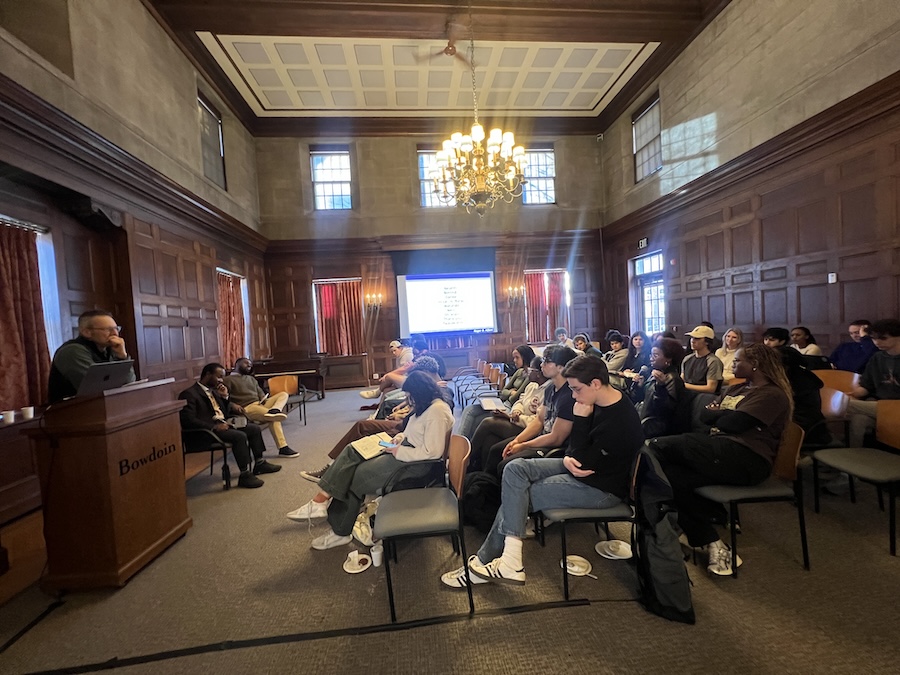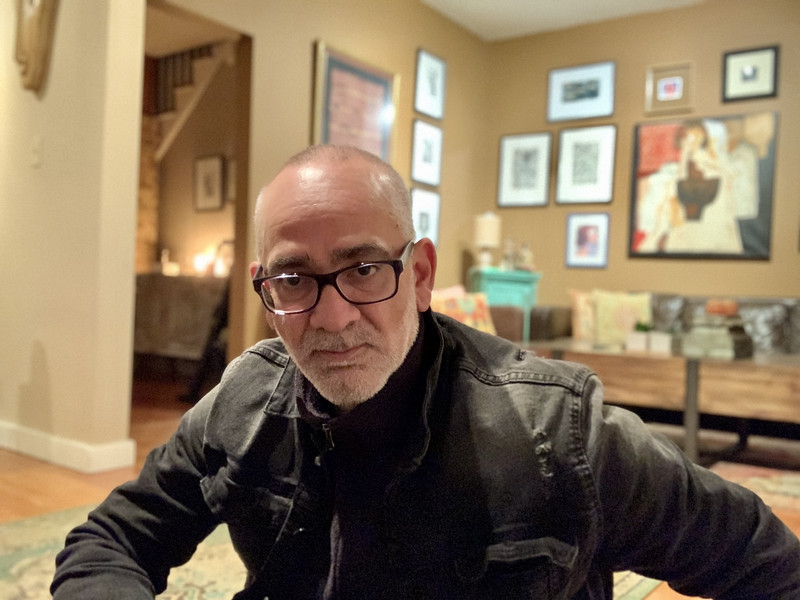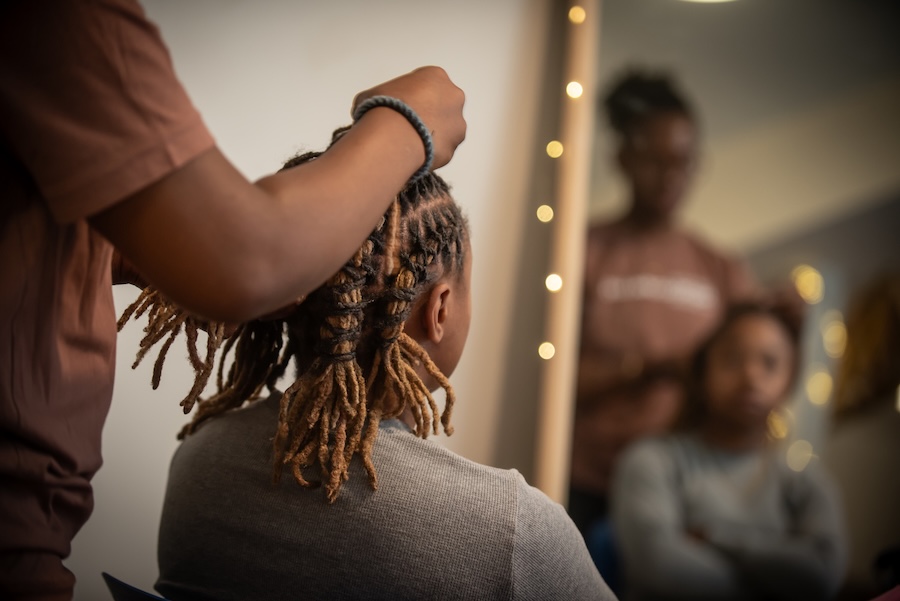To End Black History Month, Prof. Vete-Congolo Discusses African History in the 'New World'
By Savannah Horton '17
Vete-Congolo’s talk centered around the omission, distortion, and mystification of African-descended peoples, and why critical players in this history are often unknown.
Vete-Congolo began her discussion by asking students: “What do we know? What do we want to know? And within that paradigm, what do we want others to know?” Vete-Congolo hoped her questions would trigger conversation around important figures who remain in the shadows, specifically Anna Nzinga, Queen Nanny, and Solitude, who were queens and warriors who resisted enslavement.
Anna Nzinga was a 17th-century queen in Angola, as well as a diplomat and politician. Queen Nanny was an 18th-century Jamaican leader and hero, a well-known warrior who fought the British.
Solitude (La Mulâtresse Solitude) was an 18th-century woman who symbolized the struggle against slavery. In the rally for freedom, Solitude was imprisoned and hung after giving birth. These women have yet to enter formal history, but instead have been memorialized by intellectuals and authors.
History, according to Vete-Congolo, is ostensibly objective and “equated to fact.” The symbolization of oneself, therefore, is “akin to the recording of historical events.” Human beings are able to develop “apperception,” the perception of oneself, through history. For Africans in the 17th and 18th centuries, history was documented almost entirely by Europeans.
Vete-Congolo discussed the gendered descriptions of Africans, specifically the European fascination with African women who became “solely a body.” She noted the tensions between what she called "African visibility," enhancing women’s bodies physically through jewelry and hairstyles, and "colonial visibility," emphasizing the corporality of African bodies yet simultaneously rendering them politically invisible. Female African slaves became symbolized by their sex and womb, both “organs of enslavement.” The purpose of African women became to maintain the system of slavery via reproduction.
At the same time, slavery also robbed Africans of gender, instead labeling them as merely “slave.” Men and women were thus regarded as “equal and genderless.” The “irreparable wound of symbolic violence” remains in memory and history, with women doubly marginalized. The “remarkable feats” of African women in Africa, on slave ships, and on American plantations are memorable in their context of oppression.
Vete-Congolo ended her presentation with a picture of Solitude’s statue, a vision of an “assertive, pregnant woman” who embodied female strength and resilience.



